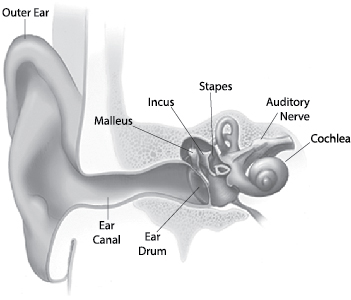The Physics Behind Biological Inspired Robot
(Different Than you Would Expect)
https://www.ted.com/talks/dennis_hong_my_seven_species_of_robot#t-69991
In the video the describe how they were inspired by real life concepts, but took a different twist on the idea. The recognized that humans do not actually use the muscle to lift their leg and put it down the same Way a robot would. We swing out leg to save energy. It starts with swing of the leg and the catch of the weight. The concept is called passive locomotive. It is the potential energy of the swing to the kinetic energy in the landing of the foot. They took this concept into a three legged robot. Instead of having it walk in an awkward leg and use a lot of energy, the third legs swings between. The two front and under the body itself so the bossy does a 180 persay (potential energy) and catches the weight of the falling robot( kinetic energy). Now it saves energy and works as a human or biological animal would.
The next robot they decided to design they considered it reinventing the wheel. The wheel has spokes that move in and out to longer lengths, while just rolling. It has all of the spokes move in to make it seem like a small wheel conserving every, but when different. Terrain comes, it thinks and adapts to the size and chooses a course to get through the obstacle
 For years, scientists have worked to understand the changes that happen to trees and shrubs in the autumn. Although we don't know all the details, we do know enough to explain the basics and help you to enjoy more fully Nature's multicolored autumn farewell. Three factors influence autumn leaf color-leaf pigments, length of night, and weather, but not quite in the way we think. The timing of color change and leaf fall are primarily regulated by the calendar, that is, the increasing length of night. None of the other environmental influences-temperature, rainfall, food supply, and so on-are as unvarying as the steadily increasing length of night during autumn. As days grow shorter, and nights grow longer and cooler, biochemical processes in the leaf begin to paint the landscape with Nature's autumn palette.
For years, scientists have worked to understand the changes that happen to trees and shrubs in the autumn. Although we don't know all the details, we do know enough to explain the basics and help you to enjoy more fully Nature's multicolored autumn farewell. Three factors influence autumn leaf color-leaf pigments, length of night, and weather, but not quite in the way we think. The timing of color change and leaf fall are primarily regulated by the calendar, that is, the increasing length of night. None of the other environmental influences-temperature, rainfall, food supply, and so on-are as unvarying as the steadily increasing length of night during autumn. As days grow shorter, and nights grow longer and cooler, biochemical processes in the leaf begin to paint the landscape with Nature's autumn palette. The amount and brilliance of the colors that develop in any particular autumn season are related to weather conditions that occur before and during the time the chlorophyll in the leaves is dwindling. Temperature and moisture are the main influences.
The amount and brilliance of the colors that develop in any particular autumn season are related to weather conditions that occur before and during the time the chlorophyll in the leaves is dwindling. Temperature and moisture are the main influences.





















